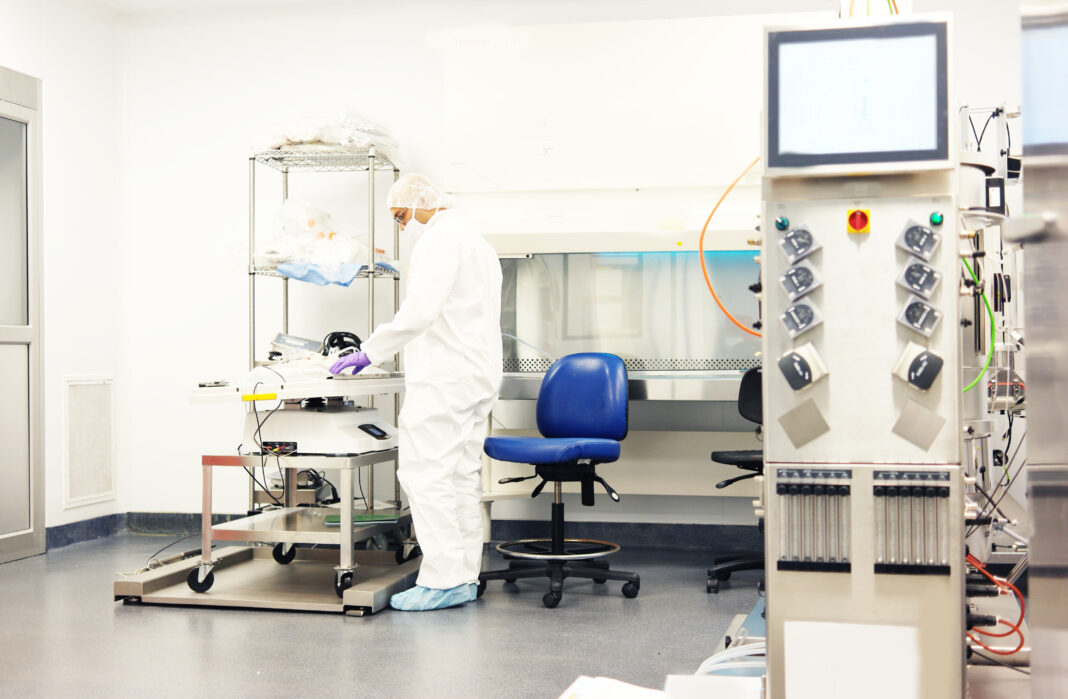When culturing cells in bioprocessing, scientists regularly seek ways to improve the output. Among a variety of parameters, supplementation often increases the production of the desired product. To turn up the output, scientists can add energy-related molecules, such as glucose. Jong Youn Baik, PhD, assistant professor of biological engineering at Inha University in South Korea, and his colleagues tested the impact of adding nicotinamide adenine dinucleotide (NAD+) to cultures of Chinese hamster ovary (CHO) cells.
All cell biology students at least recognize the name NAD+, which was discovered in 1906 by two biochemists at the Lister Institute in London—Arthur Harden and William John Young. NAD+ is a coenzyme that plays a crucial role in breaking down glucose to make ATP. Baik and his colleagues described the importance of NAD+ to cellular metabolism in this way: “NAD+, a coenzyme and co-substrate in energy metabolism, promotes the conversion of inefficient glycolysis into an efficient oxidative phosphorylation pathway.” In short, NAD+ is required to get the most energy out of glucose.
Despite that fundamental role of NAD+, no one knew how this molecule impacted CHO cultures. So, Baik’s team tested the mAb output of these cells after NAD+ supplementation. The results showed that the NAD+ entered the cells and increased the expression of SIRT3, which participates in mitochondrial energy metabolism. Plus, adding NAD+ to the CHO cultures increased the mAb titer by almost twofold. As the scientists pointed out: the cells relied less on glycolysis and more on oxidative phosphorylation.
As Baik and his colleagues concluded: “Collectively, these results suggest that NAD+ contributes to improving therapeutic protein productivity in bioprocessing via inducing an energy metabolic shift.”
Nonetheless, NAD+ won’t improve all bioprocessing. For example, Xuekun Li, PhD, professor at Zhejian University’s Institute of Translational Medicine, and his colleagues showed that NAD+ triggers apoptosis in adult neural stem/progenitor cells.
So, NAD+ is not a universal secret sauce. It can improve some processes and limit others. Unfortunately, optimizing a bioprocess still requires case-by-case analysis.



